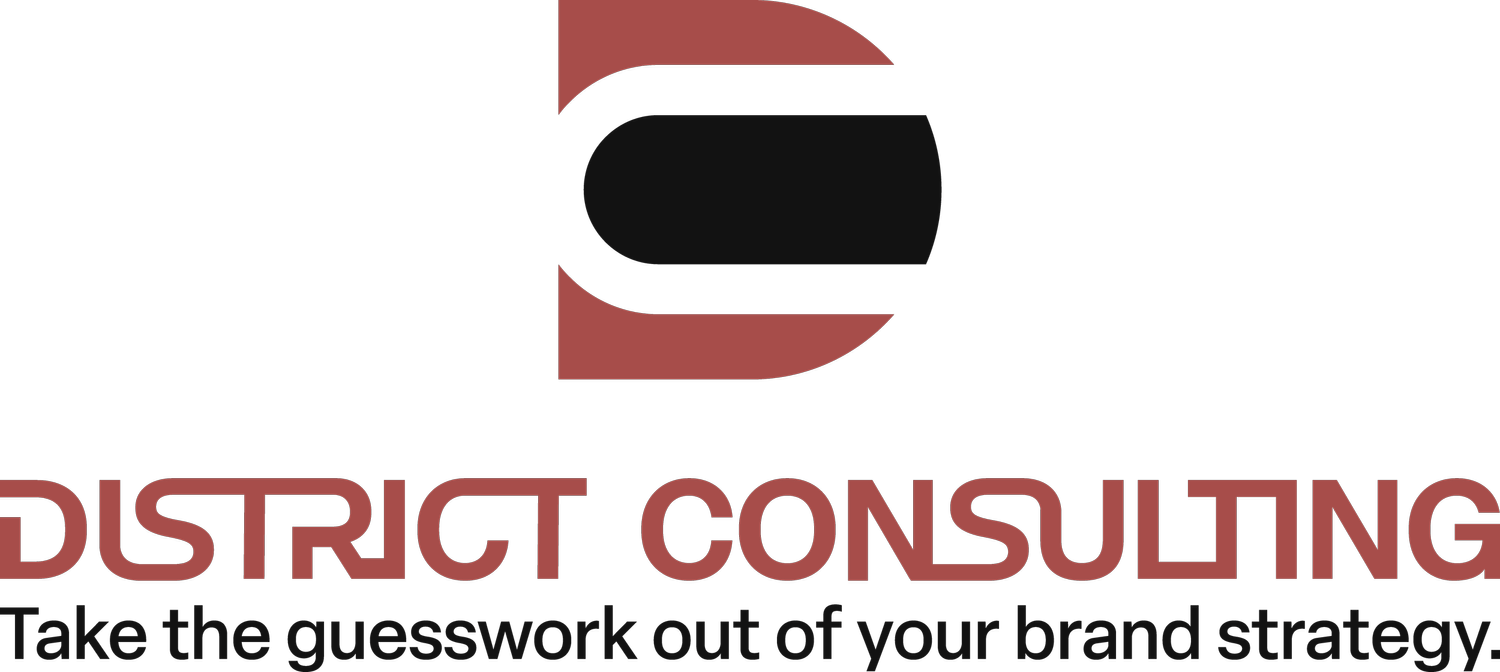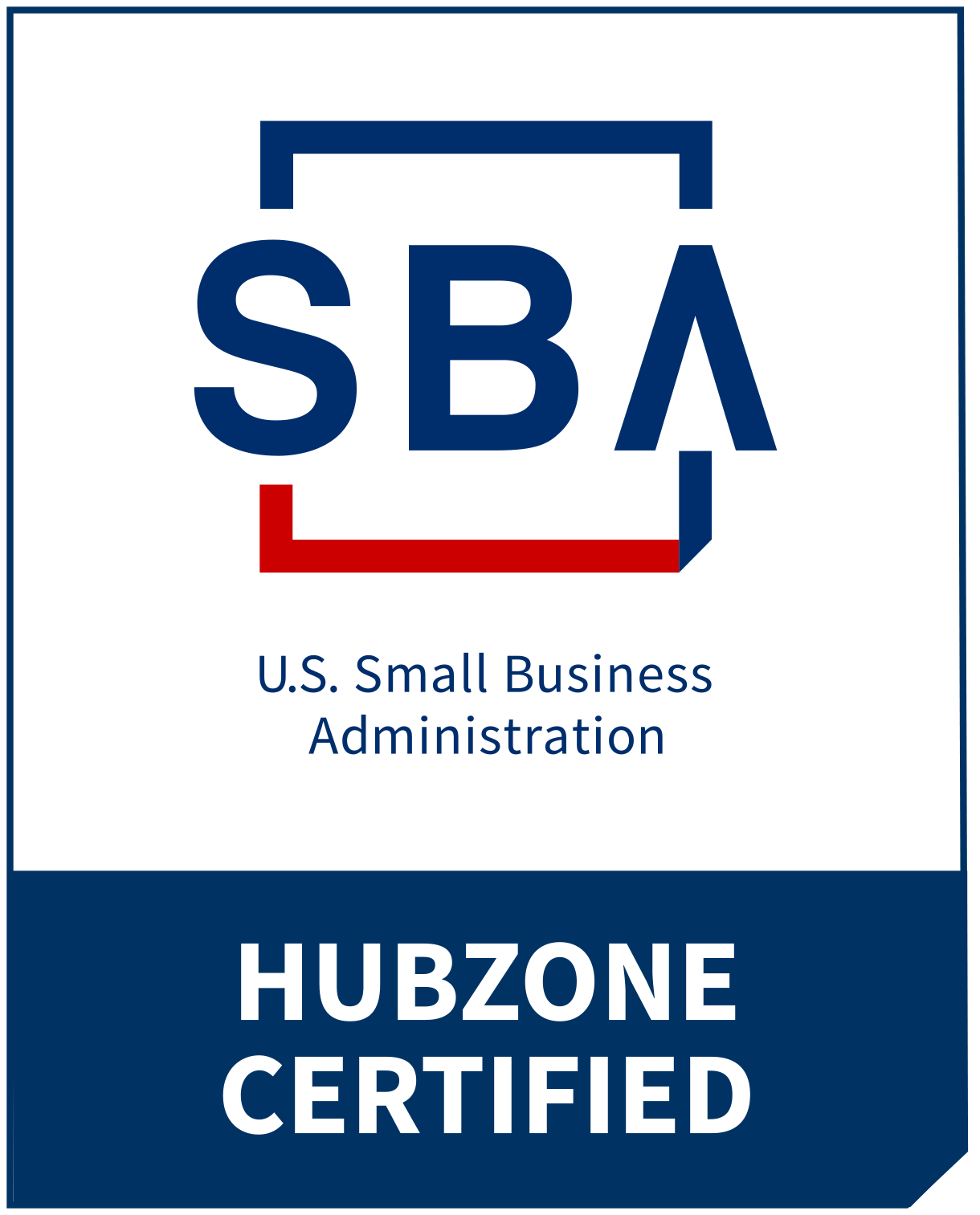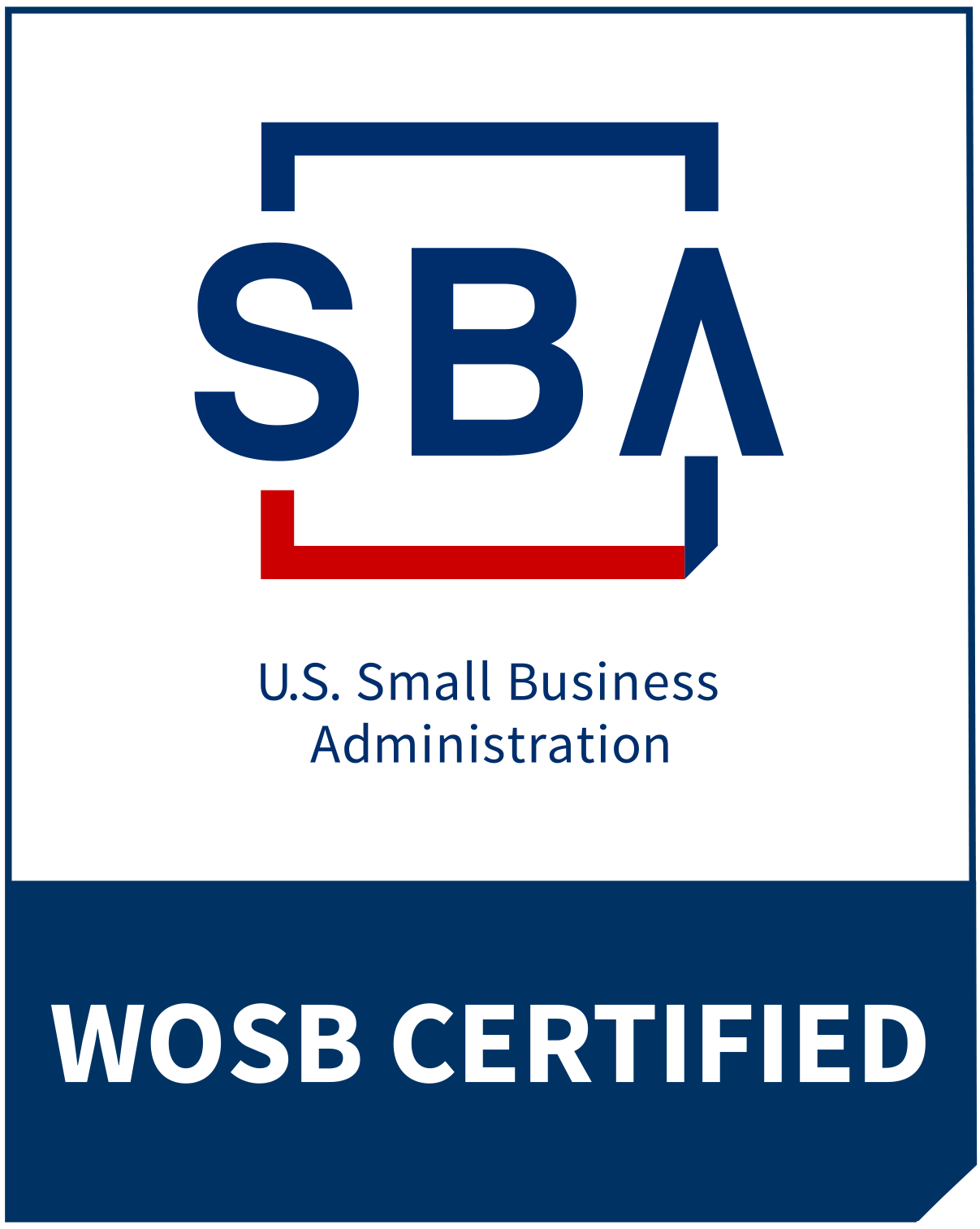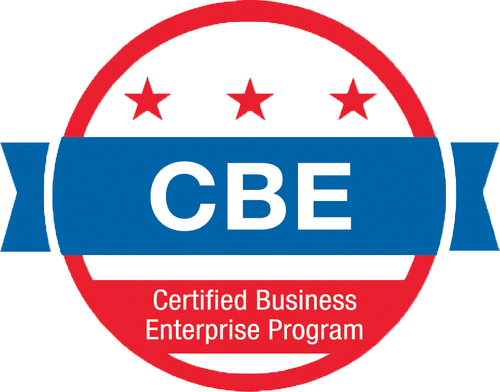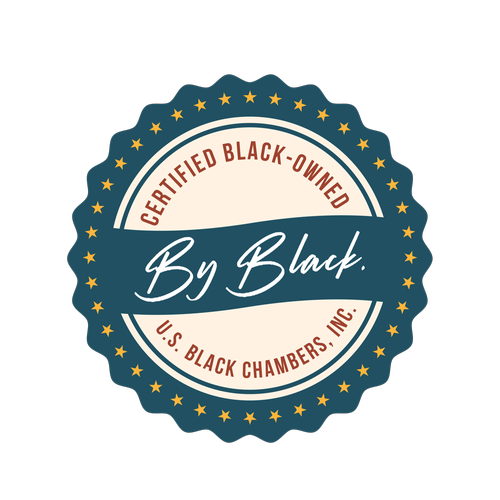Ever felt like you’re juggling too many balls and failing miserably when it comes to content creation? We know the feeling all too well — one deadline’s looming, another idea’s half-baked, and your audience craves consistency. That’s precisely where content calendar best practices help get things under control!
A content calendar is more than just a schedule — it’s your roadmap to stress-free planning, better collaboration, and audience-winning content for social media, email marketing, inbound marketing, lead-generation campaigns, and more.
We’ll explore content calendar best practices to help you stay organized, hit your goals, and never scramble for last-minute ideas again. So, let’s transform your chaotic content process into a well-oiled machine, shall we?
What is a Content Calendar?
A content calendar is your ultimate planning tool for organizing and scheduling content across platforms. Think of it as a roadmap that keeps your content strategy on track. It outlines what to post, when to post, and where to post, ensuring consistency and relevance.
From blog articles and social media posts to videos and newsletters, a content calendar helps you plan ahead while leaving room for flexibility.
It’s a lifesaver for staying organized, aligning with your goals, and maintaining a steady flow of engaging content for your audience. Simply put, it’s the secret to stress-free and impactful content marketing!
7 Effective Content Calendar Best Practices
Let’s explore seven best practices for creating and managing a stellar content calendar.
1. Align Your Calendar with Goals
Start by defining your content goals. What do you want to focus on and achieve? Is it brand awareness, lead generation, or audience engagement? Align your calendar with these objectives. Break your goals into monthly or weekly targets and map out content that supports them. For instance, if brand awareness is your priority, include thought-leadership pieces, webinars, and social media campaigns.
2. Include Diverse Content Formats
Keep your audience engaged by varying the types of content you produce. Alternate between blogs, infographics, videos, podcasts, and social media posts. A mix of formats caters to different preferences and ensures your strategy doesn’t feel repetitive.
3. Collaborate with Your Team
Your content calendar should be a collaborative effort. Involve your team in brainstorming and planning. Use tools like Trello, Asana, or Google Sheets to allow real-time updates and feedback. Regular meetings to review the calendar can ensure everyone is aligned and reduce confusion.
4. Plan Ahead but Stay Flexible
We highly recommend you plan content months in advance. However, you should leave ample space to stay flexible with the calendar. Trends, breaking news, or unexpected opportunities may arise, and your calendar should be adaptable. Leave space for spontaneous content or quick pivots to address current events relevant to your audience.
5. Use Analytics to Guide Decisions
Let data drive your content planning. Analyze your audience’s behavior, popular topics, and best-performing content. Tools like Google Analytics, social media insights, or your CRM can provide valuable data. This ensures your content resonates with your audience and supports your objectives.
6. Schedule Regular Reviews and Updates
Your content calendar isn’t a “set it and forget it” tool. Schedule regular reviews to track progress, analyze performance, and make adjustments. Monthly or bi-weekly check-ins allow you to refine your strategy, identify gaps, and capitalize on what’s working well.
7. Don’t Forget Important Dates
Well, some days are more important than others. So, make sure you mark key dates like industry-related events, public holidays, company-related events, and product launches on your calendar. These milestones are perfect opportunities for timely and relevant content. Also, consider creating themed content for international days or trending hashtags that align with your brand.
Wrapping Up!
Creating a well-structured content calendar takes effort, but it’s a game-changer for streamlining your content marketing. Marketing managers who align their calendars with goals, be flexible, leverage analytics, and encourage collaboration tend to stay ahead of the curve. So, what are you waiting for? Take your content game to the next level with District Consulting and watch your strategy thrive!
